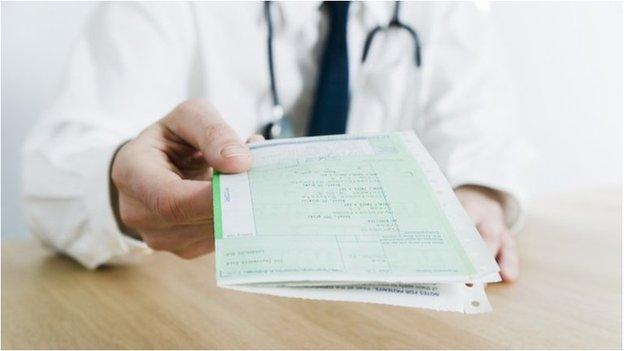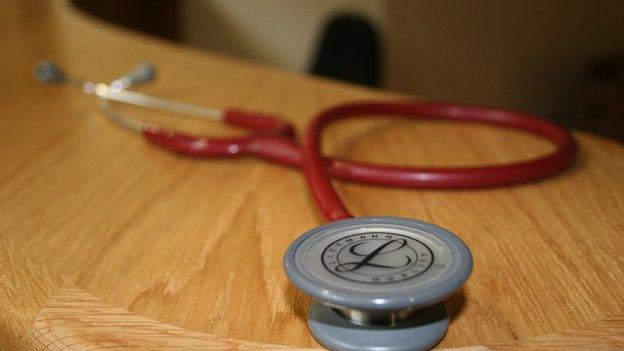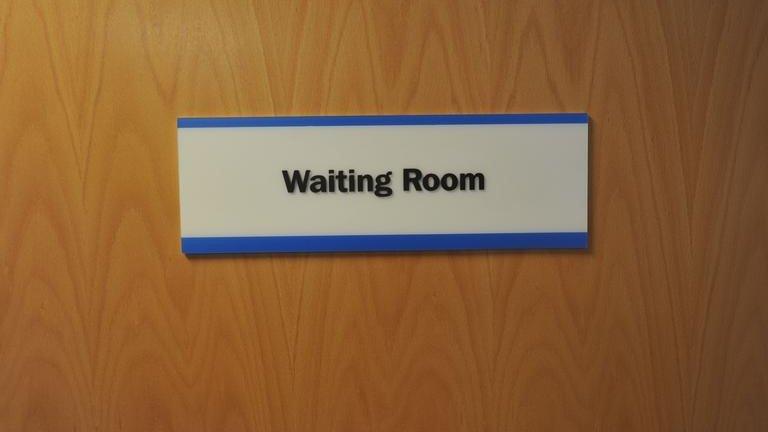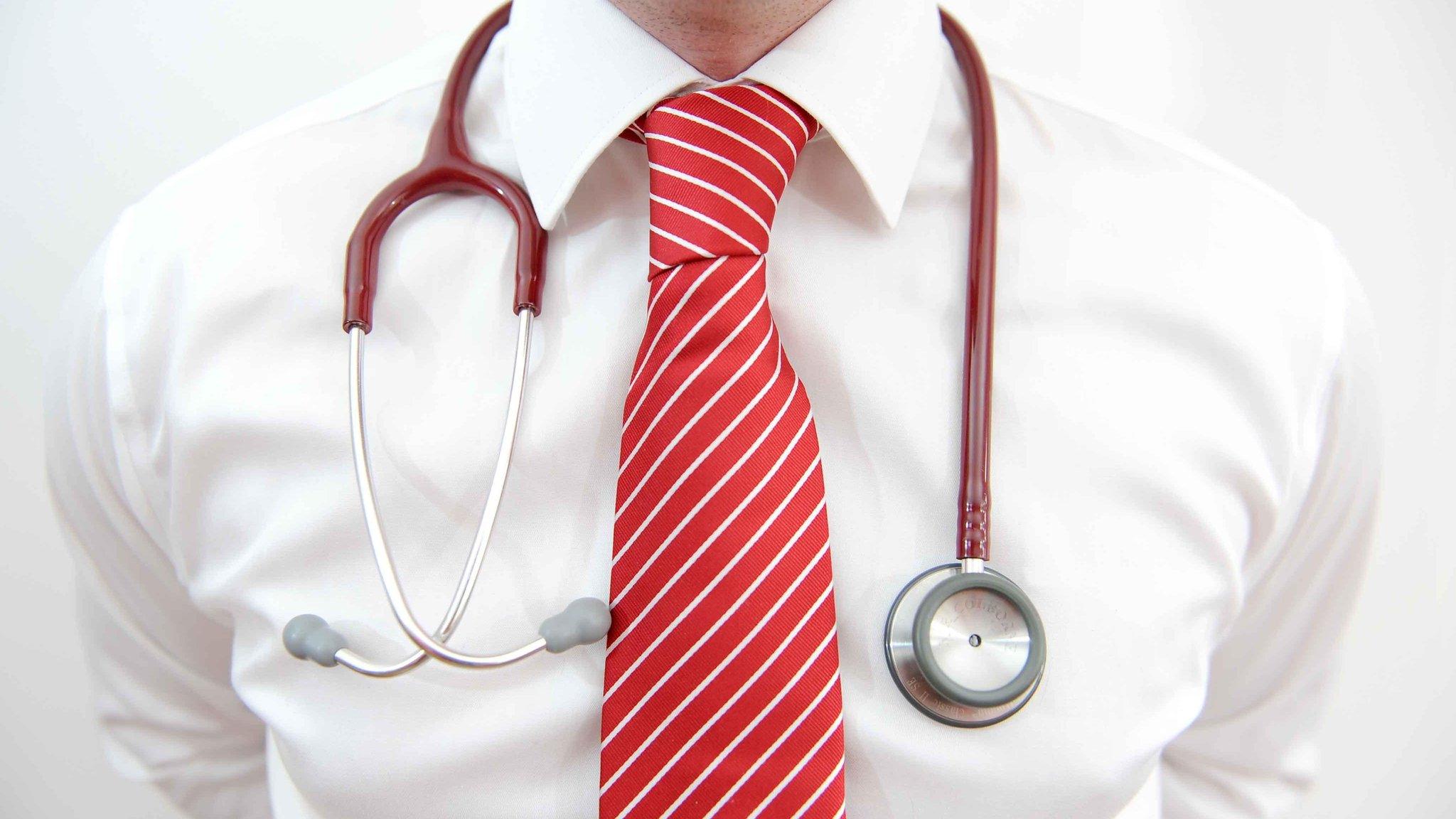GPs urged to double cancer referrals in NHS guidelines
- Published

GPs in England are being encouraged by the NHS advisory body to nearly double the number of patients referred for hospital cancer tests.
The National Institute for Health and Care Excellence (NICE) said delays in spotting symptoms could be costing thousands of lives each year
About 1.2 million people are currently referred annually, but this figure could rise to 2 million.
GPs said they were already "doing a very good job" at referrals.
Research has suggested that up to 10,000 people die every year because their cancer is diagnosed late, NICE said.
'Unrealistic'
A survey for the NHS last year suggested that a quarter of all people eventually diagnosed with cancer in England had to visit their doctor at least three times before being referred to hospital for tests, it said.
"It is not always easy for GPs to spot cancer," said NICE clinical practice director Prof Mark Baker.
"There are more than 200 different types of the disease so it is unrealistic to expect them to know every single sign and symptom of each one, especially when they only see a handful of new cases a year.
"The problem is that a lot of cancer symptoms can be very general and similar to those of other conditions.
"For example, many people who smoke have a cough associated with chronic lung disease. These are the same people most likely to develop lung cancer, but may well dismiss their symptoms as 'normal for them'," he added.
'Welcome step'
However, the Royal College of General Practitioners (RCGP) said that GPs were "doing a very good job" of referring patients.
"An average GP might only see eight new cases of cancer for every 8,000 patient consultations, yet 75% of referrals made after one or two GP consultations lead to a positive diagnosis," said the RCGP's Dr Maureen Baker.
"When you consider that as well as being rare, many potential symptoms of cancer could be confused with other conditions that GPs see every day, GPs are doing a very good job of appropriately referring our patients that we suspect of having cancer."
She said that the draft NICE guidance was a "welcome step", but added: "What is really needed is giving GPs easier access to diagnostics such as CT and MRI scans and ultrasound that could make a real difference to our patients."
Investment was also needed for more GPs and support staff.
Sara Hiom, Cancer Research UK's director of early diagnosis, also welcomed the guidelines, but said: "To be truly effective, doctors need better access to diagnostic tests and speedy results."

The draft NICE guidance looks at symptoms, links them to possible cancer type and recommends referral procedures, in the form of a table.
It has been put together to supersede 2005 guidelines, which are organised by cancer type and are laid out as text.
"Early referral and diagnosis can help save lives," said NICE's Prof Baker.
Referrals are expected to increase for:
Lower gastrointestinal cancer by 5-15%, or up to an extra 28,800 people
Urological cancer by 5-10% (up to 14,400 more people)
Lung cancer by 10-15% (up to an extra 4,800 people)
Children's cancers by 10-20% (up to 1,200 more people)
The increase in referrals is expected to cost the NHS between £17.8m and £36.3m, NICE added.
The draft guidance also includes recommendations about "safety netting" - how to review people with symptoms associated with cancer who do not meet the criteria for referral, to help ensure cancer is not missed.
- Published18 November 2014

- Published16 November 2014

- Published14 August 2014
